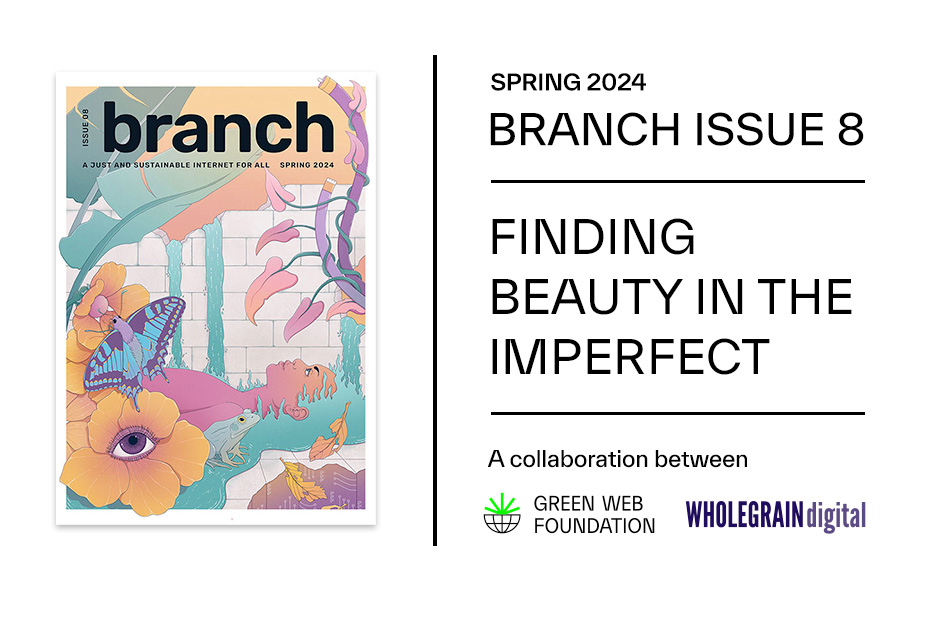Mark Monmier states in How to Lie with Maps, “[…] that maps have become remarkably fast in both their creation and dissemination, and so strikingly that twenty-first-century electronic maps collectively merit the label fast maps, mostly because no other general term adequately accounts for both their velocity and their diversity.”
These ‘fast maps’, share the same set of challenges around accuracy and bias already seen in paper maps. However, because maps are now easier to make, these challenges are easier to replicate. One common oversight in digital cartography is the uncritical acceptance of default tool parameters. Geographic Information Systems software, designed to process and display spatial data, often comes with preset configurations that may only suit some datasets or mapping objectives. The assumption that these defaults are universally optimal can lead to compounded inaccuracies. As experts and custodians of spatial data, we must critically engage with our tools, understanding their limitations and biases, to ensure the production of accurate and reliable maps.
Map Foundations
Projections: Reshaping Reality
The act of projection—translating the Earth’s three-dimensional surface onto a flat plane—introduces inevitable distortions in shape, area, distance, and direction. Selecting a map projection is a decision with ethical implications, as it can significantly influence the map’s interpretation. Historical and contemporary biases are evident in the persistence of the Mercator projection, which disproportionately enlarges regions in the Northern Hemisphere, mainly Europe and North America, at the expense of countries in the Global South. This distortion not only reflects but also perpetuates imperialist and Eurocentric narratives, underscoring the projection’s ethical quandaries.
The rationale behind the longstanding use of the Mercator projection and other similar distortive projections comes from the difficulty of transferring the Earth’s curvature onto a flat surface. When we turn our round Earth into a flat map, we alter four key things: shape, size, distance, and direction. Each projection method currently available to make a map can only keep one or two of these accurate, but not all at the same time.
Interactive online maps, like the ones we use on our phones and computers, add another layer of complication in this area. These maps use “tiling” to break down the whole world into small, manageable squares. Despite the known distortions, these maps use a projection now known as the ‘Web Mercator.’ This Mercator is different from the one used in traditional, large-scale maps, as simplifications were made for simplicity and speed on the web (How to Lie with Maps). While this projection is useful for browsing maps online, it’s inaccurate when measuring distances or areas. (Note: Web Mercator is currently used in Google Earth, Bing maps, and ArcGIS Online.)
Recognising the inherent compromise in every map projection underscores the importance of selecting a projection that minimises distortion for the map’s intended purpose.
Geographic Coordinate Systems (GCS): Bridging Reality and Representation
However, more than one system decides how we map our digital world. Projections (specifically Projected Coordinate Systems) tell your GIS platform how to flatten our Earth, geographic coordinate systems tell them where to place things on the globe. They need to work together correctly because different systems are better depending on where you are in the world and for handling the various types of data transformations. If you don’t select the correct systems, your map might even put things in the wrong location.
There are many different GCS models (datums); however, which one is used should depend on where the map intends to focus. As our earth is not a perfect sphere, we use these models to simulate these details. While the global model, based on satellite data, can be used for ‘one-size-fits all’ purposes, it mainly serves as the foundation for local models that aim for greater accuracy . For example, in the UK, the local datum differs from reality within its border by only 5 meters. This knowledge is essential as GIS platforms allow for quickly converting between projections while you work without providing an opportunity to adjust coordinate systems as easily.
Telling the Right Story
Enumeration and Normalization: What is a Group?
When we gather data like population numbers or disease cases for different places, we usually organize it by areas like counties or states. However, choosing the wrong area to group your data can change what the data is telling you. This issue, known as the Modifiable Areal Unit Problem (MAUP), was highlighted in 1984 by a researcher named Openshaw. He pointed out that the areas we pick for studies are often just made up and can be changed, meaning they might not accurately reflect the actual situation. For instance, if you lump together data from different neighborhoods or regions, the way you’ve grouped them can change the story the data tells, making it seem like fewer people are affected in one area than there are, just because of where the boundaries were drawn (Modifiable Areal Unit Problem).
Ecological Fallacy: Groups are not Individuals
The ecological fallacy, the risk of drawing incorrect inferences about individuals based on aggregated data, highlights the importance of scale and data quality in mapmaking. Attempting to represent data with greater precision than provided can mislead, highlighting the responsibility of map makers to ensure their maps accurately reflect the data. In ‘Spatial Aggregation and the Ecological Fallacy,’ the authors write, “Improved ease of analysis also contributes to the widespread use of ecological data. For example, a geographical information system allows the effective storage and combination of data sets from different sources and with differing geographies […]” (Spatial Aggregation and the Ecological Fallacy – PMC).
Looking ahead with Intention and Care
As we’ve journeyed through the complexities of digital cartography and GIS, it’s clear that recent innovations have revolutionised how we view and understand our world(s). The shift towards ‘fast maps’ has democratised cartography, allowing for more dynamic and accessible mapping than ever before. However, as we embrace these advancements, it’s crucial to navigate this new terrain with intention and mindfulness.
The climate emergency serves as a reminder of the urgency and significance of our actions; however, in our rush to address these challenges, we must not lose sight of the importance of doing so with care. While powerful, our increased capabilities come with their own considerations. The selection of map projections and coordinate systems, as well as the story we choose to tell with our data, all carry implications for the integrity of the maps we produce.
In the coming months, I will be wrapping up my fellowship and I will publish my findings. However, I’m still very interested in hearing from others. In particular I want to know: What (data) processes have you implemented to:
- Tackle the issues listed above?
- Ensure that data is managed safely and responsibly?



